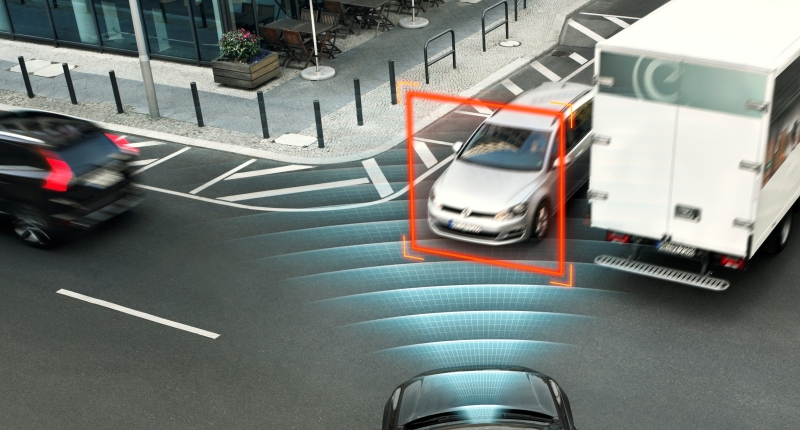Five years ago, launching a decent streaming platform took millions. Now? A teenager with a laptop can build something that reaches millions. That shift…
Upcoming Volvo XC90 parades two ‘world first’ safety technologies


Volvo has an ambitious vision. The company wants to ensure that no serious injuries or deaths will come at the wheel of its cars. At the rate safety technology is advancing, it’s not entirely impossible either. But the company has announced two “world first” safety technologies that will feature on its XC90, that will likely take it one step closer to its dream.
Along with the bog standard safety packages shoved into cars these days, the seven-seater, all-wheel drive bohemoth will feature two completely new driver aids, namely “Run-off road protection” and “Auto brake at intersections.”
The former allows the XC90 to monitor its current location on the road, and its destined projectory. If it leaves the road — though driver error, fatigue or any other situation — “front safety belts are tightened to keep the occupants in position,” notes Volvo, preparing them for an off-road shunt.
To avoid leaving the road altogether though, “Lane Keeping Aid” corrects erratic steering movements and prevents unintentional lane departures. Other in-car aids, like Driver Alert Control, senses and duly notifies weary drivers to pull over and rest. Pleasantly, this aid also comes with Rest Stop Guidance that conveniently directs the driver to the closest rest point.

The second feature, and perhaps more appropriate for manic city streets, is Volvo’s intersection-aware auto braking system. The car detects possible collisions when turning into an intersection and brakes accordingly to avoid the impending contact. This will likely include all possible road hazards, but Volvo has not confirmed this. It’s technology that seems rather standard at first, but according to the Swedish company, it is another world first.
Of course the automaker is not new to inventing safety aids. The modern, ubiquitous three-point safety belt was perfected by it back in the late 1950s by an employee (a patent that they then shared with other automakers). Although not quite as revolutionary as the seat belt, the current resurgence of safety technologies can only be a good thing.
Drivers wanting to test the XC90’s safety aids will have to wait until August, when the vehicle will finally roll onto showroom floors.


